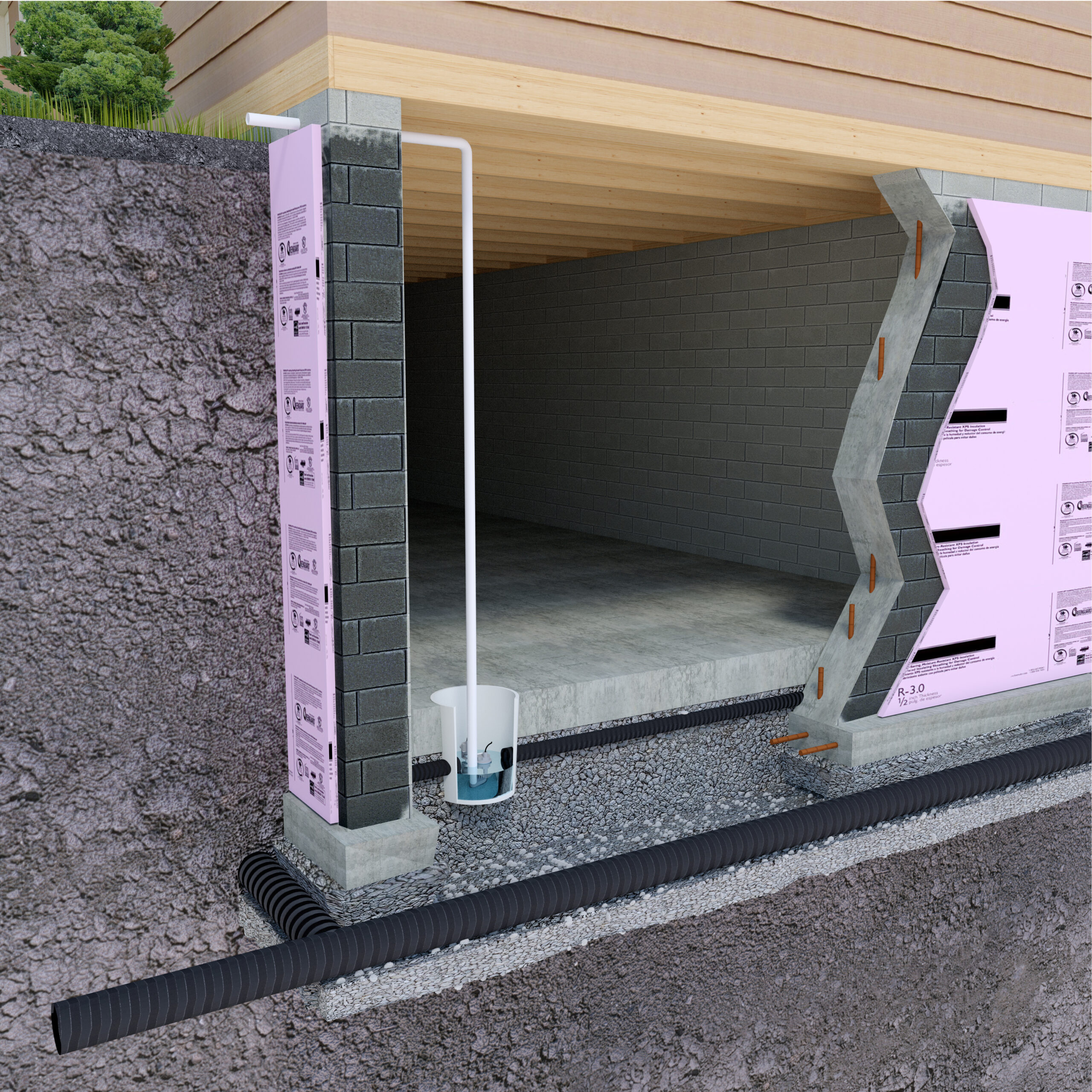Does your fall to-do list include the preparation of your existing plumbing infrastructure for the cold winter months? We’ve got you covered.
Why Winterization?
Water expands as it transitions to ice. This expansion results in increased pressure with the pipes of your home causing damage and potentially resulting in leaks or cracks. Winterization is a process which includes preparing your plumbing infrastructure for the cold months.
This is especially recommended if the home remains vacant for long periods of time. It’s recommended that you drain the entire system from water (including your water heater), and filling your fixtures with an antifreeze solution.
Winterization Preparation
The best way to make sure you’re addressing the fundamentals is by putting together a list of all the existing valves, parts, and taps in your home. With a list, you can then prepare a guide to address each unit and ensure you’re not forgetting something. This makes it surprisingly easy to get the job done quickly, even after the first frost—which is when you should begin the winterization process.
To make things easier, Coldstream has put together two checklists that will help put your mind at ease when preparing your home for the winter.
Winterization Checklist
Freezing Valves & Faucets
- Turn off the water valve main, water pump, and heater. By turning off the heater, you’re ensuring the internal element responsible for warming up the water isn’t damaged.
- Open your water taps and drain valves. If you put together a list of all the parts, this makes it much easier. Closed taps could mean that water is being held inside the pipes which could damage them.
- Blow out excess water. We recommend using an air compressor or something with high pressure.
- Drain your holding tank. Be sure to add antifreeze to the jet pump.
- Flush your toilets. As many times as necessary until the water is fully drained. Then apply antifreeze to ensure it doesn’t crack.
- Antifreeze drain traps. This includes any remaining tubs, showers, and sinks, to ensure the won’t freeze over.
Freezing Pipes
- Check your plumbing infrastructure. Look for any old pipes that are at high risk for potential damage. Identify any uninsulated pipes, or pipes installed around unheated areas.
- Check for gaps. Anything in your walls, ceilings, or floors. An extra coat of caulking will help prevent any cold drafts from coming in.
- Insulation is key. Use wrapping or slip-on sleeves and leave no gaps. Plastic plumbing types are least susceptible to freezing, whereas copper & cast iron are the most. This is why it’s important you know the various plumbing types.
- Inspect your exterior. Look for any cracks in your brick or block that must be sealed by caulking or spray foam. This prevents cold air from entering your home and damaging your pipes.
- Set-up & Maintain Heating. Keep something warming up the interior to protect your home against the cold in general.
- Keep one faucet dripping. Usually at the highest location. this ensures everything remains in motion.
- Insulate your crawl spaces. Especially your attic. All ventilation which goes outside should be blocked by wood boards or cardboard.
- Use heat tape. Especially on vulnerable pipes to keep warm. One caveat to note is that there are additional hazards associated with this and should be handled carefully.
Keeping Your Plumbing in Shape
Proper maintenance of your plumbing infrastructure, especially during the cold months, is a surefire method to prevent unnecessary repairs and increase the longevity of your parts. If you’re seeking advice on the best approach to winterizing your home, call Coldstream at 905-949-4400. We’re always willing to help.




